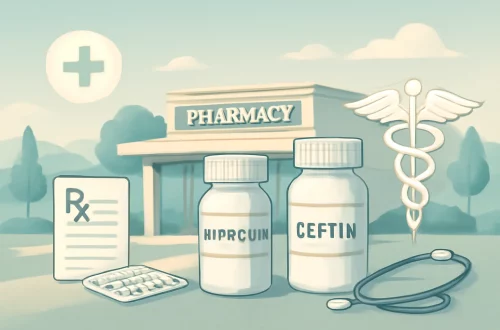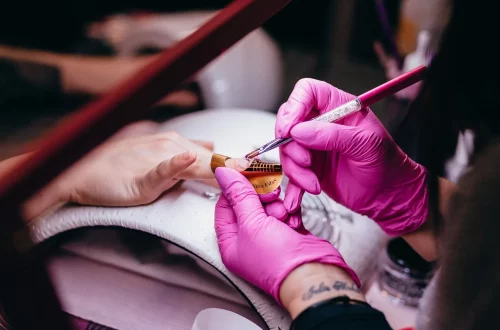
Tattoos as Symbols of Resilience and Surviving Suicide
Tattoos have long served as powerful forms of self-expression, cultural significance, and personal storytelling. In recent years, however, they have emerged as more than just body art; they have become symbols of resilience, healing, and survival for many individuals grappling with mental health challenges, including the aftermath of suicide attempts or the loss of loved ones to suicide. This evolution in the perception of tattoos reflects a broader societal shift towards understanding mental health issues with compassion and empathy. As people navigate their emotional landscapes, tattoos often offer a tangible representation of their journeys, marking significant milestones, struggles, and triumphs.
The act of getting a tattoo can be a deeply personal experience, serving as a ritual of remembrance, a declaration of strength, or a commitment to continue moving forward despite adversity. For many, these inked symbols become a constant reminder of their resilience, a way to reclaim their narratives, and a source of empowerment in their lives. In a world where conversations about mental health are becoming increasingly normalized, tattoos stand as a poignant testament to the stories that often go untold, providing a visual language for those who have faced the darkest of times.
The Role of Tattoos in Personal Healing
Tattoos can play a transformative role in the healing process for individuals who have endured mental health struggles. For many, the experience of getting a tattoo can symbolize a turning point, marking a shift from pain to empowerment. These body artworks become more than just ink on skin; they serve as a physical manifestation of the healing journey.
One of the most profound aspects of tattoos is their ability to encapsulate personal stories and emotions. Many people choose to commemorate significant moments in their lives, such as overcoming depression or surviving a suicide attempt, through specific designs or symbols. These tattoos often act as reminders of their strength and resilience, helping them to navigate the challenges that life may present.
Moreover, the process of selecting a design can be therapeutic in itself. It allows individuals to reflect on their experiences, articulate their feelings, and express their identities in a way that feels authentic. This act of creation fosters a sense of ownership over one’s narrative, helping to counter feelings of helplessness or despair.
Additionally, tattoos can foster a sense of community and connection among those who have experienced similar struggles. Sharing stories about their tattoos can lead to deep conversations and relationships with others who understand the complexities of mental health. This communal aspect can be incredibly validating and healing, as individuals realize they are not alone in their experiences.
While tattoos can be a source of empowerment, it is important to approach them thoughtfully. The decision to get a tattoo should not be made lightly; it often requires introspection and consideration. When done with intention, tattoos can be a powerful tool for healing and resilience, serving as a permanent reminder of one’s journey toward recovery.
Symbols of Survival: Tattoos and Suicide Awareness
In the context of suicide awareness, tattoos have emerged as poignant symbols of survival and hope. Many individuals who have lost loved ones to suicide choose to commemorate their memories through tattoos, creating a lasting tribute that honors their lives. These tattoos often feature meaningful symbols, quotes, or images that represent the bond shared between the individual and their loved one.
For those who have survived suicide attempts, tattoos can serve a similar purpose, acting as a reminder of their journey and the strength it took to overcome such a daunting experience. The designs chosen often reflect personal meanings, such as a phoenix rising from the ashes, symbolizing rebirth and renewal, or semicolons, which have become widely recognized as symbols of mental health awareness. The semicolon represents a pause rather than an end, reflecting the idea that life continues despite struggles.
Furthermore, tattoos can play a crucial role in breaking the stigma surrounding mental health and suicide. By openly displaying these symbols, individuals can engage in conversations that raise awareness and promote understanding. They serve as a visual cue that invites discussion and encourages others to share their own stories, fostering a culture of openness and support.
The act of getting a tattoo can also be empowering for those who have experienced trauma. It allows individuals to reclaim their bodies and narratives, transforming a once-painful experience into a symbol of survival and strength. This reclamation can be incredibly cathartic, helping to restore a sense of agency and control over one’s life.
Tattoos as symbols of survival not only serve the individuals who wear them but also have the potential to inspire others. They can remind those who are struggling that hope exists and that it is possible to find light even in the darkest of times. Through these powerful symbols, tattoos become an integral part of the conversation surrounding mental health and suicide prevention, encouraging individuals to seek help and support.
Creating Meaningful Connections through Tattoo Communities
The rise of tattoo culture has given birth to vibrant communities where individuals can connect over shared experiences and stories. These communities often include individuals who have faced mental health challenges, including those who have survived suicide attempts or lost loved ones to suicide. Within these spaces, tattoos become a bridge that connects people, fostering understanding, empathy, and solidarity.
Tattoo conventions and social media platforms dedicated to body art have become spaces for individuals to share their stories and showcase their ink. These environments encourage dialogue around mental health, allowing individuals to discuss the meanings behind their tattoos and the journeys that led them to this form of self-expression. Such interactions can be profoundly validating, as they create a sense of belonging among those who have experienced similar struggles.
Moreover, these communities often promote awareness and advocacy for mental health issues. Many tattoo artists and enthusiasts use their platforms to raise funds for mental health organizations, contribute to awareness campaigns, or share resources for those in need. This collective effort reinforces the idea that tattoos can serve as catalysts for change, using personal stories to inspire action and support.
In addition to fostering connections, tattoo communities can provide a safe space for healing. Sharing one’s journey through tattoos can help individuals process their emotions and experiences in a supportive environment. This communal aspect can be particularly beneficial for those who may feel isolated in their struggles, reminding them that they are not alone.
As these communities continue to grow, the role of tattoos as symbols of resilience and survival becomes increasingly significant. They encourage individuals to embrace their stories, celebrate their journeys, and support one another in the pursuit of healing and understanding. By amplifying the conversation around mental health, these communities play a vital role in creating a more compassionate society.
In conclusion, tattoos have evolved into profound symbols of resilience and survival for many individuals navigating the complexities of mental health. They serve as personal reminders of strength, foster connections among those with shared experiences, and promote awareness and understanding around suicide and mental health issues. As society continues to embrace open conversations about these topics, tattoos will undoubtedly remain a powerful medium for expressing one’s journey and advocating for mental health awareness.
*Disclaimer: This article is not intended as medical advice. For any health-related issues, please consult a qualified healthcare professional.*




